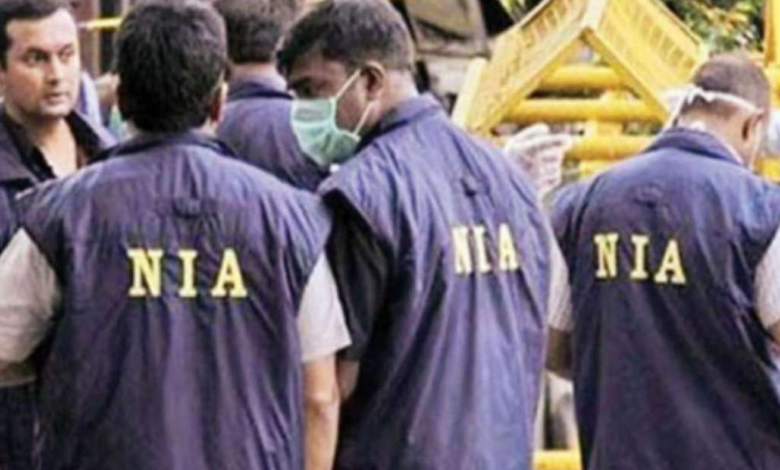473 cases, 2,500 arrests, 93% conviction: Why NIA is the most feared central agency

Since its inception in 2009, the NIA has been at the forefront of India’s war against terror. Written by Orin Basu
The National Investigation Agency (NIA) on Thursday carried out multiple raids along the International Border (IB) in three districts of Jammu and Kashmir. The raids in Jammu, Kathua and Samba districts were in connection with weapon droppings via drones in these areas. Simultaneously, searches were also conducted at two locations in Punjab in connection with the recent seizure of IEDs, and other arms and ammunition from Batrara toll plaza in Haryana’s Karnal district.
Since its inception in 2009, the NIA has been at the forefront of India’s war against terror, cracking down on Kashmiri separatist groups, Islamic jihadis and the Maoist network in the country’s hinterlands. Figures show the agency has taken up 473 cases so far – the highest (62) being in 2019 when the NIA (Amendment) Act gave it more teeth.
The Act widened NIA’s scope and empowered it to probe attacks targeting Indians and Indian interests abroad, human trafficking, hawala transactions, circulation of fake currency, manufacture and sale of prohibited arms, and even cyber-terrorism. This literally means anything remotely connected to the nation’s security comes under the NIA’s purview now. In fact, nearly half (231) of the cases the agency took up have been since 2019.
During its 13-year tenure, the NIA apprehended 2,494 people and was able to secure the conviction of 391 people, with a success rate of 93.25 percent – the highest for any central agency. It has also registered 105 cases of terror financing – arresting 796 people and securing the conviction of 100 people in around 20 such cases.
The NIA was constituted in the wake of the 2008 Mumbai terror attack. Over time, lawmakers felt it necessary to reduce its dependence on other agencies for speedy functioning. There are almost 50 NIA courts in the country at present.
Major cases with NIA
Between 2012 and 2013, NIA captured almost the entire leadership of Indian Mujahideen, virtually dismantling the homegrown terror group. Later, it started going after the funding routes of separatists in J&K, clamping down on their overground workers and sleeper cells, thus helping bring down terror-related incidents in the region.
More recently, it has taken over the Mundra Port drug haul case, wherein a consignment of 3,000 kg heroin worth Rs 21,000 crore was intercepted.
It is also probing the ‘sar tan se juda’ killings of Kanhaiya Lal in Rajasthan and Umesh Kolhe in Maharashtra said to be revenge murders for suspended BJP leader Nupur Sharma’s remarks on the Prophet. A spate of killings of Hindus has shaken the nation and many believe the murders are part of a larger conspiracy to destabilise the nation.
This story has not been edited by News Mania staff and is published from a syndicated feed
Photo: Internet






